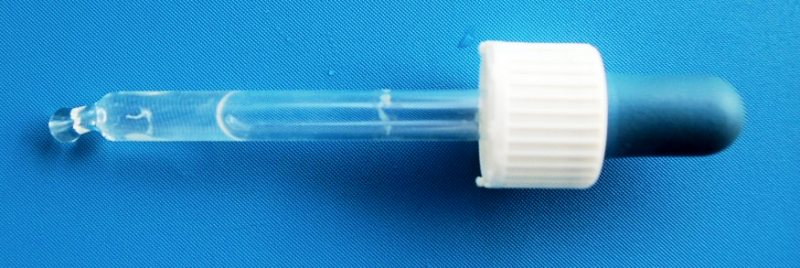How to Properly Clean Your Ears
Earwax in the ear canal is helpful. Although the ear cleans itself naturally, sometimes it is necessary to intervene.
Cotton swabs are often used, but they are not ideal, and it is essential to know how to clean your ears properly with the proper utensils.
Here are all the solutions to clean your ears properly.
What is earwax?
The earwax secreted in the external ear resembles wax, and it plays a fundamental role since it prevents microbes from entering the ear canal and causing problems in the ear.
Usually evacuated spontaneously, earwax can sometimes clump together and form a blockage that can cause decreased hearing.
This usually occurs when there is a problem with earwax production – the auditory canal irregularly makes cerumen of bad quality (too thick, for example). Then, you will need to get that cerumen removed from your ears.
1. Prevent blockages
As is often the case, prevention is key, and this is true for limiting the development of earwax plugs. However, the role of earwax should not be neglected, which is why you should keep ear cleaning to a minimum.
In addition, the use of the cotton swab is not ideal.
Indeed, this utensil tends to push earwax into the ear canal instead of removing it and can damage the eardrum or even rupture it if it is pushed too far.
How to prevent earwax from forming too quickly?
– If you have a habit of putting your head underwater when bathing (or during bathing or showering), make sure to dry your ears thoroughly, as water tends to swell earwax.
– Wear earplugs when swimming.
– Wear earplugs when you are in the presence of dust (e.g., when you are working).
If you are particularly prone to earwax build-up, you can also take a treatment, usually prescribed by a health professional, in the form of drops or spray to prevent earwax build-up. However, avoid cleaning them too often.
Note: children have a smaller ear canal which will encourage the formation of these plugs.
2. Clean the pinna: Avoid cotton swabs!

You should avoid the use of cotton swabs, and you should use other methods.
The first of them consists in cleaning the circumference of the ear: the pavilion. This gesture is simple and can be repeated daily without problem.
– Take a piece of cotton or tissue that you can moisten with a bit of water if you wish.
– Pass it over the surface of the ear, taking care to clean all the corners.
You can also put a few drops of white vinegar instead of or in addition to the water.
At the same time, you should clean the ear canal entrance by removing any excess earwax.
3. Method 1: Clean the canal with an ear pick
Ear cleaners, available in pharmacies or by mail order, are much more effective than cotton swabs in cleaning the ears. In addition, they are reusable and therefore much more environmentally friendly.
Insert the ear cleaner with the curved side towards the wall of the external auditory canal. Gently remove it by pulling back the earwax.
3. Method 2: Clean the ear canal with a homemade wax remover

You can make your solution to remove earwax without using an ear cleaner or cotton swab.
– Mix equal amounts of water and hydrogen peroxide.
– Put a few drops in each ear.
– Alternatively, mix baking soda and water.
In any case, dry your ear well after this operation.
However, be careful: use this method only once or twice a month at most. Overcleaning is not recommended as your ears need those wax inside. Yeah, you got it right, they are suitable for healthy ears!
3. Method 3: Clean the duct with a spray
An inexpensive and effective seawater spray is ideal.
It’s easy to use; place the spray tip at the entrance to the ear canal and pump once or twice. If an earwax plug has already formed, it will be removed in less than half an hour.
It is possible to inject lukewarm water with a 5 ml syringe without a needle. Place the nozzle at the entrance to the ear canal and apply a short, powerful push.
Ready-made sprays are safer, however, as the pressure is calculated to be suitable.
In all cases, rinse the tips with warm water after each use.
Caution: these treatments are not suitable for babies under 6 months of age.
Materials needed to clean your ears properly.
| Bicarbonate of soda | $2 for 250 g |
| Earplugs | $10 approximately |
| Ear cleaner | From $2 onward |
| Hydrogen peroxide | $3 approx. |
| Paper handkerchiefs | $1 per 100 |
| Syringe | Approx. $2 |
| Seawater sprays | $6 approx. |
| White vinegar | Approx. $1 |



